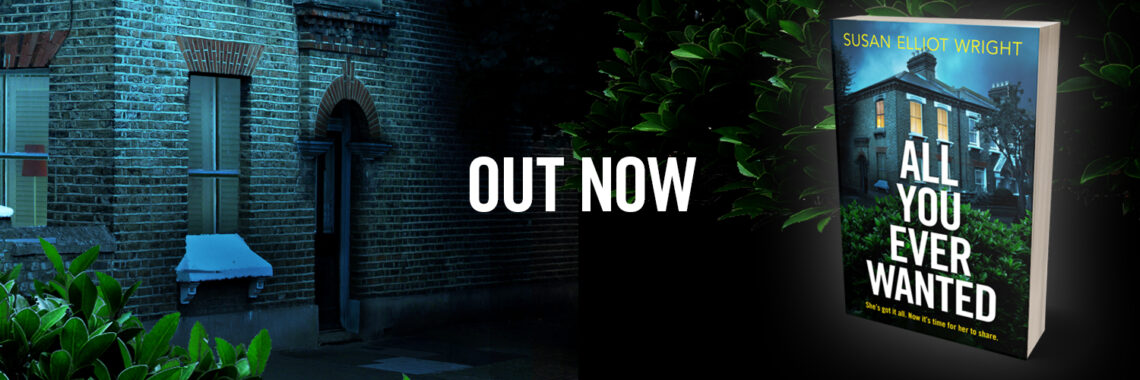When I first started this blog back in September 2011, I planned to write three sections each week: the writing bit, the reading bit, and the food bit. I was so enthusiastic and excited about the project that I could have written hundreds of words on each subject, every time. But I soon realised that, given that I also have a number of teaching commitments, a house to clean, a dog to walk and a husband to talk to, not to mention a Difficult Second Novel to write, I simply don’t have time to write what is essentially three posts a week. Most writers seem to blog anything from daily to occasionally. Personally, I think weekly is good, although I have to admit that recently, I have failed dismally to even keep to that.
Sadly, I don’t even have time to read as many blogs as I’d like, but now and again I have a ‘blog fest’ where I spend a whole morning catching up. In doing this recently, I took note of how frequently the blogs appeared, and I discovered that many of the daily blogs are very short, and skim the surface of the subject, whereas the longer blogs were usually more in-depth with more to get your teeth into.
Some frequent bloggers post on the same subject over several posts, e.g. Plotting: part one, part two, part three. And I think this works really well. But some short blogs promise more than they can really deliver, and it’s disappointing to find that something that suggestsan in-depth discussion about, say, point-of-view, character, or plotting, in reality only touches on the subject.
Could this be because the blogger has recognized how difficult it is to blog on a daily basis and still have time for writing a novel, short stories or whatever? How anyone, especially a writer, finds time to blog every day is beyond me. Fine, if you can come up with a riveting, pithy nugget of genius in 20 minutes flat, but the chances are that blogging every day means you’re likely to sacrifice quality in favour of brevity. Unless you can give your blog the time and attention it deserves, your reader is likely to be disappointed.
Having said that, there are some daily – or almost daily – blogs that really do seem to do the trick, as in, they do actually deliver. So how come there are so many brilliant brief bloggers out there? Shall I tell you my sneaking suspicion? – and I only say this because I know I’ve done the same thing myself – I’m wondering if the good daily bloggers are using their blogs as a legitimate form of procrastination. I mean, it’s writing isn’t it? Its creative, you’re practicing your skills, honing your craft; it counts, right?
Well, it does, sort of. It’s certainly better than not writing anything, and it helps to get you known, but unless you’re sure that you can deliver posts of a reasonable quality without seriously impinging on the writing time you have available, might it not be better to blog less frequently so that you can spend time on each post and still have time left to devote to your work-in-progress? The important thing, so I’m told, is that your readers know what to expect and when to expect it. To that end, I have changed the heading on this blog to reflect the fact that it will appear less frequently than it did at the start.
I like to spend a fair bit of time on each post, writing a first draft one day, leaving it overnight, then editing, tweaking and polishing the next day. Having said that, I’m sure that many of my posts contain typos, repeated words or inelegant sentences, but if I were to blog several times a week, I fear the quality would be even poorer.
Or is this whole post a transparent attempt to justify my own low output?
How about you? Do you now blog less frequently than you did at first? Or have you become even more prolific because of the regular practice?
To find out more about me and what I do, visit: www.susanelliotwright.co.uk
And to access a list of recipes and book reviews on this blog, go to: http://selliotmedia.blogspot.co.uk/2012/02/links-to-all-my-food-bits-reading-bits.html?utm_source=BP_recent


